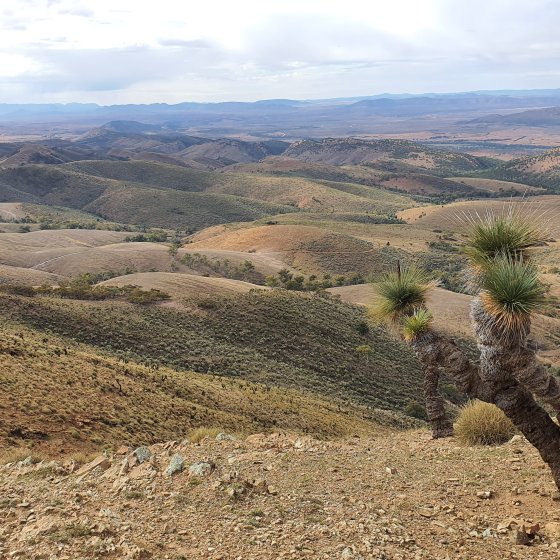- Home
- Environmental Themes
- Land
- Importance of Our Land
Importance of Our Land
Commitment from the South Australian Economic Statement
Healthy ecosystems and greater biodiversity are a foundation of a strong economy. They are essential to South Australia’s quality of life and economic prosperity. Our social and cultural identity are underpinned by our healthy native ecosystems and diverse natural landscapes. The maintenance and restoration of South Australia’s ecosystems can ensure that the economy continues to benefit from nature. South Australian native ecosystems are under increasing pressure from a range of threats, including invasive species, land use change and climate change. Our ambition is to increase our capacity and capability across the state to support the recovery and adaptation of healthy and biodiverse ecosystems.
Valuing Land
South Australia has a land area of 984,221 km2, which is 12.7% of Australia’s total land area. We are the fourth largest state of Australian states and territories. More than 80% of South Australia is less than 300 m above sea level and Mount Woodroofe, also known as Ngarutjaranya, in the Anangu Pitjantjatjara Yankunytjatjara lands is the highest peak at 1,435 m. The lowest place is Lake Eyre at 15 m below sea level. This area also represents South Australia’s (and Australia’s) lowest rainfall.
The Landscape South Australia Act 2019 (Landscape Act) provides the framework for managing land, water, pest plants and animals, and biodiversity across the state and supports the work of 9 landscape boards. It was introduced on 1 July 2020 and replaced the Natural Resources Management Act 2004. The introduction of this Act provided a number of changes that aim to improve autonomy and flexibility to enable the state government to respond to local issues while still aligning with state-wide priorities. The Landscape Act is currently under review as required by legislation, which will assess the operation and effectiveness of this Act since its commencement. Landscape Boards, peak bodies, local government, state agencies and other stakeholders have developed the State Landscape Strategy, which sets out a collective vision and guides efforts to tackle shared priorities.
The environmental value of land in South Australia can vary greatly depending on various factors, such as its location, ecosystem type, biodiversity, management, land use and conservation status. South Australia is known for its diverse landscapes, ranging from high rainfall coastal areas to arid inland regions, which contribute to its unique environmental value. Here are a few key aspects of environmental value associated with land in South Australia:
- Biodiversity: South Australia is home to a wide range of flora and fauna, including many endemic and endangered species. Land areas that support high levels of biodiversity, such as native bushland, wetlands, and coastal habitats, hold significant environmental value due to their role in maintaining ecological balance and preserving rare or threatened species. Protecting ecosystems and biodiversity is essential for maintaining the health of our environment and, consequently, our health and wellbeing. This involves preserving natural habitats, supporting wildlife conservation efforts, creating and supporting wildlife corridors and promoting sustainable land use practices that minimise impacts on biodiversity.
- Conservation Areas: South Australia has established various national parks, wilderness protection areas, nature reserves and heritage agreement private areas to protect its natural heritage. These protected areas are crucial for preserving unique ecosystems, providing habitats for native wildlife and offering opportunities for research, education and recreational activities. Land within these protected areas holds considerable environmental value.
- Climate Change Resilience: As climate change continues to pose significant challenges globally, land areas that demonstrate resilience to climate impacts hold increasing environmental value. South Australia's landscapes, including its coastal regions, can contribute to climate change adaptation and mitigation efforts by providing natural buffers against storms, protecting vulnerable ecosystems and sequestering carbon through vegetation and soil.
- Recreational Activities and Tourism: caravanning, camping, 4WDing, cycling and hiking are popular activities in South Australia. Our state offers diverse landscapes, from rugged and remote terrains in the Arid Lands and, Mallee vegetation in the Riverland region to native bushland in the Adelaide Hills, Fleurieu Peninsula and Limestone Coast.
- Provision of Food and Fibre: Our land supports a vibrant agricultural industry and produces a wide range of products such as grains, fruit and vegetables, meat, wool and dairy, and timber. South Australia is also home to some of Australia’s famous wine regions. Production statistics include the following:
- South Australia’s crop production in 2022–23 is the highest on record
- total primary industries and agribusiness revenue for 2022–23 totalled $18.5 billion, which is an increase of 7% compared with 2021–22. The main drivers of this increase were the field crops and livestock industries
- revenue and production statistics provides information by sector and year, up to 2021–22.
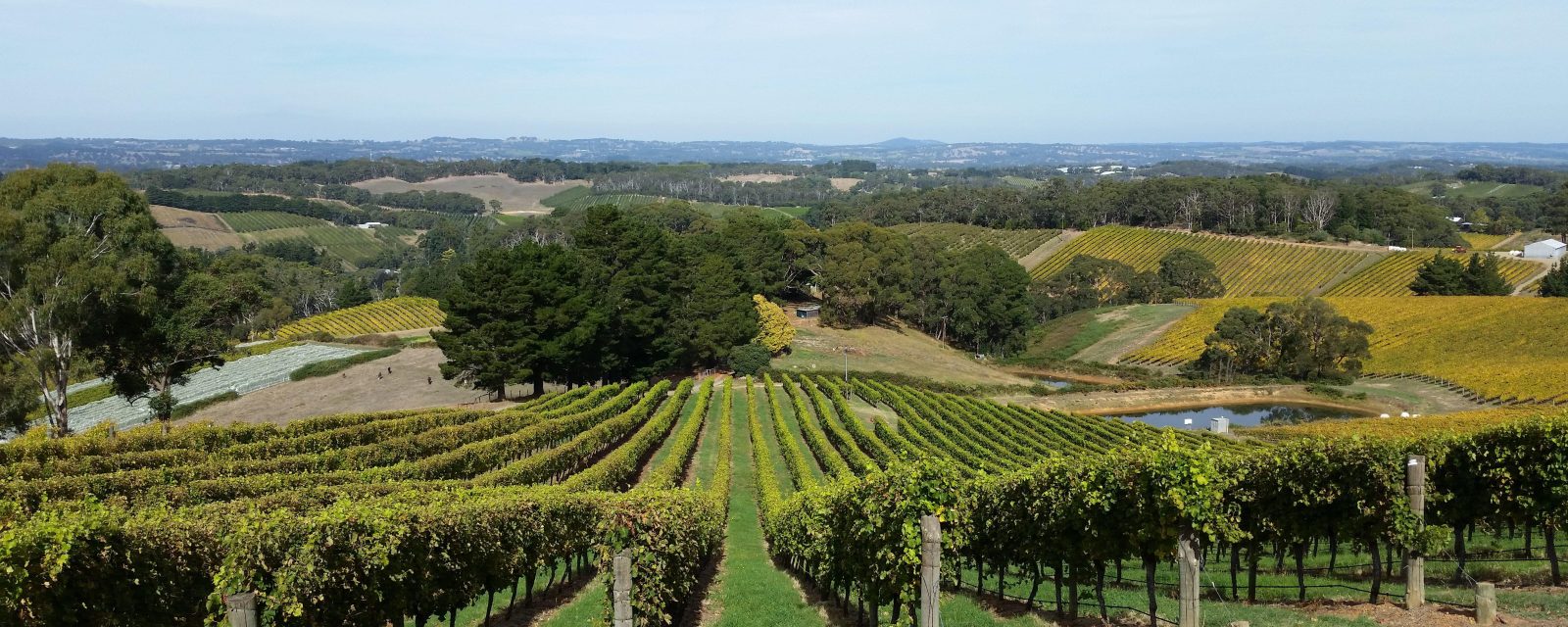
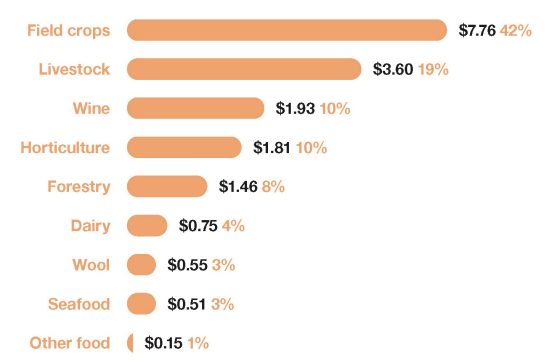
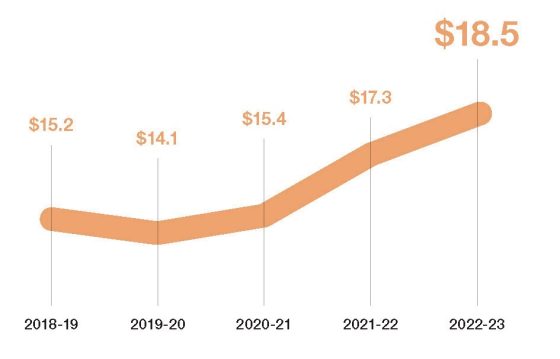
- Mineral extraction: South Australia is known for its significant mineral commodities, and the state has a rich mining history. Minerals produced include iron ore, copper, uranium and opals. South Australia has 69% of Australia’s Economic Demonstrated Resources of copper. Critical minerals are essential for computing, high-tech manufacturing, renewable energy generation and storage, transport, telecommunications and defence technologies. Provision of these resources is important to support our transition into renewable energy and net zero emissions. Look up the South Australian Commodities Dashboard.
- Urban environment: Our quality of life in South Australia is renowned across the world, and it is a lifestyle that is attracting more people each year to call our state home. Protecting and enhancing our urban environment, which improves its liveability, will attract and retain people in South Australia.
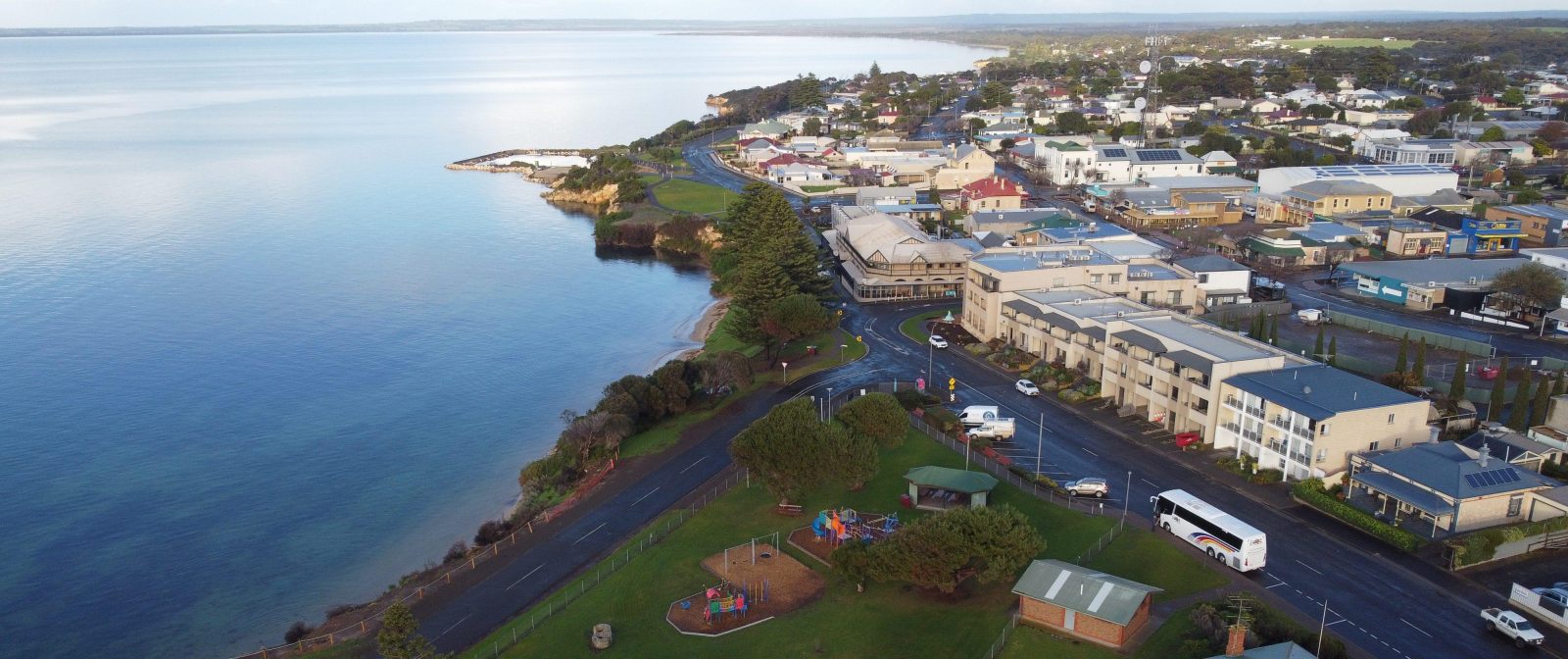
Health of Country
South Australia has a rich Aboriginal heritage, with numerous Aboriginal communities having longstanding connections to the land. Areas with cultural importance, such as significant local sites, waterways or regional song lines, carry environmental value beyond their ecological aspects. Respecting and protecting these areas is essential for preserving Aboriginal cultural heritage and maintaining the environmental value they hold.
Aboriginal people see themselves as belonging to Country and being holistically interconnected with Country. A Joint Statement of Action has been developed that documents an agreed understanding of the importance of Connection to Country for Aboriginal health and wellbeing.
A number of national parks are co-managed with Aboriginal groups, and South Australia’s Landscape Boards have signed a Statement of Commitment to strengthen partnerships with First Nations peoples.
Community Perspectives
Feedback obtained via the SOER YourSAy page indicated that respondents valued a clean and healthy environment that supports their health and wellbeing. Respondents also stressed the importance of maintaining and restoring healthy ecosystems that support native plants and animals. Key issues raised in the YourSAy survey include:
- the impacts that feral animals have on biodiversity
- the impacts of development resulting in loss of habitat and biodiversity
- lack of protection measures placed on native vegetation.
